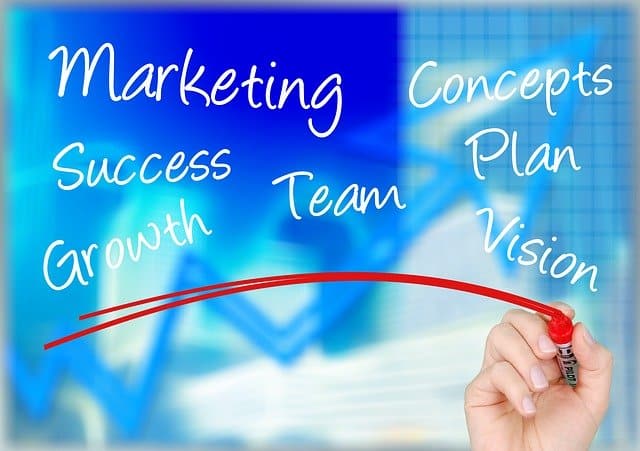On Tuesday, June 2nd, MassTLC held the third in a series of CMO roundtables. This series brings heads of marketing from tech organizations together to monitor developments and provide deeper insights into the COVID-19 business crisis. These CMOs represent different sized organizations and multiple tech sectors. Jonathan Burg, SVP of Marketing at Reward Gateway was the moderator. In the previous two roundtables, attendees said they had adjusted their strategies and re-created their teams and plans. Read insights from last meeting, here.
In this meeting, marketing leaders explored how the COVID-19 disruption has changed the way they are planning for 2021. They discussed how they are innovating and inventing new strategies. For some, this situation has forced a rapid jump towards digital transformation. Here are insights on how they are innovating, in hopes to meet organization goals.
Specific areas of discussion were:
- Product Positioning and Messaging: Inventive offerings and a new approach
- Team design: Can they keep up?
Post-COVID-19 Shutdown Product Positioning and Messaging
Jonathan launched this discussion with a case study of his experience. His challenge is to evolve Reward Gateway’s growth strategy in preparation for after the COVID-19 shutdown while balancing their innovation in product and growth. His team has spent time understanding their latest customer needs under these circumstances. Many attendees said they are having the same challenges. Jonathan began the roundtable discussion by asking how each person in the audience is setting up their teams for success in a post-COVID era.
One attendee said his team decided to focus on product innovation that will deliver revenue in 2020 along with their business continuity. In order to deliver new revenue by the end of 2020, they decided to invest in new product development, rather than infrastructure. Their strategy proved innovative, attaining approval from their executive leadership and achieving funding. After reviewing their long-term goals, another organization restructured their quarterly key initiatives while seeking alignment across their company for post-COVID so they can retain clients and help their sales team understand the new market. An attendee observed balancing innovation and focus is even more challenging now with the uncertainty of the future.
One organization said they are maintaining their team’s focus. Their marketing team has generated many product offering ideas, and they have experimented with free offerings. However, the CMO created a standard by asking his team to determine how many new customers each new offering can bring. Their team found success in vertical marketing which they discovered has given a greater return.
Jonathan asked the group: Who else is working with the vertical marketing/industry approach, how are you supporting it with resources?
One organization, who’s greatest source of revenue spans five vertical industries, focused on IT as the decision makers. They rebuilt their product marketing team and aligned them to sales and marketing. Realizing their influencers weren’t just IT, they made relationships on the business side. They recreated content and messaging to support their verticals. Another CMO focuses on their horizontal business. One of their strategies is to talk to the top 5 customers in each vertical, and create a basic level of assets, a “veneer.” This strategy has worked well for them.
Another organization said they have been very successful in their vertical marketing strategy. However, they are a large company with deep expertise that has been created over 20 years. To be genuinely be successful in your verticals, he recommends aligning your marketing, sales, and product. They found their strategy helped them stay competitive by holding off open source competitors on the low end.
Digital Transformation and Events
Jonathan said their organization is not participating in industry events through October. Due to a lack of in-person events, digital transformation has evolved. He noted that this is about breaking habits and thinking about the new way to engage. He asked the group: What is important when thinking through this?
Three months ago, everyone in the industry moved completely virtual. A CMO said they are strategizing differently. They need to become agile and firmly aligned across marketing and sales when creating events with their customers. They faced some challenges when implementing their first virtual conferences. They spent time bringing the entire internal events team together to produce a customer-focused virtual event. Another CMO said she experienced the same issues on her team—aligning their webinar programs team with their virtual programs team. They restructured and flattened out their team to focus on virtual programming. In result, they achieved balance and efficiency.
Jonathan asked: What are other channels used to fill events void?
One organization has moved their 200 onsite workshops to online distance learning. Another company said they have a successful Hackathon program and will do more with it. Attendees said they are doing more with customer advocacy, referral programs, and online learning platforms and customer thought leadership programs. All agreed the human element is missed and necessary.
CMOs on this roundtable expressed interest in meeting in the next two weeks to make sure this community is supporting each other, encouraging change in social justice and equality. They all recognized that this cannot be done individually, but as a collective. We will convene in a virtual roundtable Monday, June 22nd.



